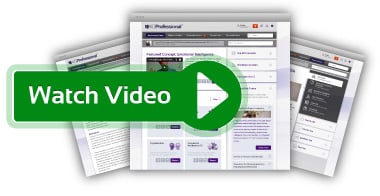Pay-For-Performance
The concept reviews pay-for-performance and offers a guide on how the approach can be applied as a strategy within your organisation.
Technique Overview

Pay-For-Performance Definition
Pay-for-performance (or performance related pay; PRP) schemes are reward systems where some part (conceivably all) of an employee’s remuneration depends on an assessment of performance against predetermined criteria (Armstrong, 2002).
Pay-For-Performance Description *
* The full technique overview will be available soon. Contact us to register your interest in our business management platform, and learn all about Pay-For-Performance.
Business Evidence
Strengths, weaknesses and examples of Pay-For-Performance *
* The business evidence section is for premium members only. Please contact us about accessing the Business Evidence.
Business Application
Implementation, success factors and measures of Pay-For-Performance *
* The business application section is for premium members only. Please contact us about accessing the Business application.
Professional Tools
Pay-For-Performance videos and downloads *
* The professional tools section is for premium members only. Please contact us about accessing the professional tools.
Further Reading
Pay-For-Performance web and print resources *
Pay-For-Performance references (4 of up to 20) *
- Armstrong, M. (2010) Armstrong's Handbook of Reward Management Practice. Kogan Page, London.
- Armstrong, M. (2002) Rewarding Individual and Team Contributions and Organisational Performance in Employee Reward. CIPD, London.
- Armstrong, M. (1995) A Handbook of Personnel Management Practice. Kogan Page, London.
- Conyon, M., Peck, S. and Read, L. (2001) Performance Pay and Corporate Structure in UK Firms. European Management Journal, Vol. 19(1), pp. 73-82.
* The further reading section is for premium members only. Please contact us about accessing the further reading.
Learn more about KnowledgeBrief Manage and how you can equip yourself with the knowledge to succeed on Pay-For-Performance and hundreds of other essential business management techniques

